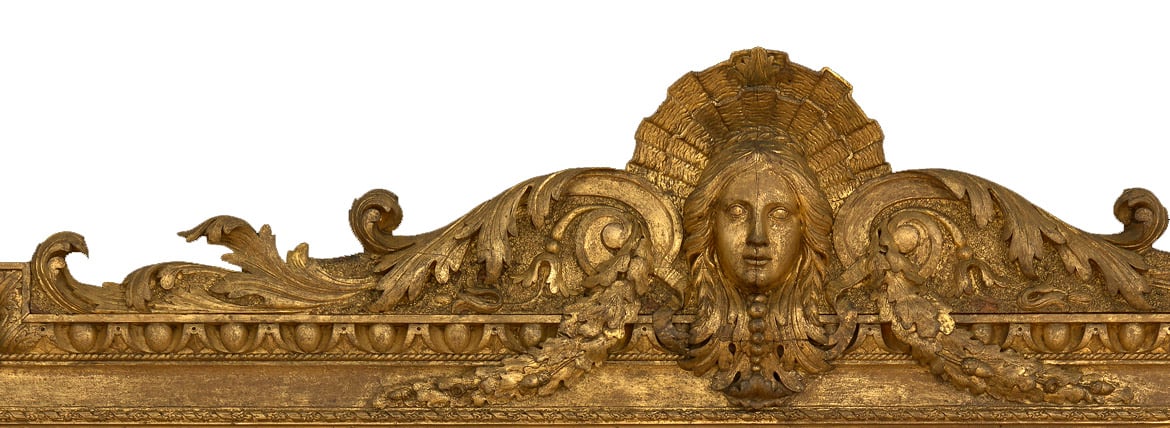
Frames in the Royal Collection
A guide to the history of frames in the Royal Collection
Prince Albert
In the mid-nineteenth-century Prince Albert (1819-61), Consort to Queen Victoria (1819-1901), decided to create a uniform appearance throughout the Picture Gallery at Buckingham Palace. To do this he commissioned William Thomas to make over 180 new frames, many for Dutch works. As part payment for his work, Thomas was given some of the frames that originally framed the paintings.
Thomas' new frames had a reverse-section profile to minimise shadows from the gallery's lighting from above. In 1859 a further alteration was added, to include glazing doors to protect the paintings from London's pollution.
Prince Albert also acted as the guarantor of a loan taken out by his relative Prince Ludwig Oettingen Wallerstein, which was secured on Oettingen Wallerstein's collection of paintings. The collection was first brought to London for sale, and when no buyer came forward Prince Albert received the 79 paintings by default. The group included German, Netherlandish, and early Italian paintings. Many of these were transferred to new, matching frames of a simple design and others were reframed, following an identical simple design. After Prince Albert's death Queen Victoria offered the collection to the nation, and those that were not selected by the National Gallery were returned to Buckingham Palace.
More information can be found in the paper ‘Preparing a handsome picture frame to pattern chosen by HRH The Prince’: Prince Albert frames his collection by Lucy Whitaker.







